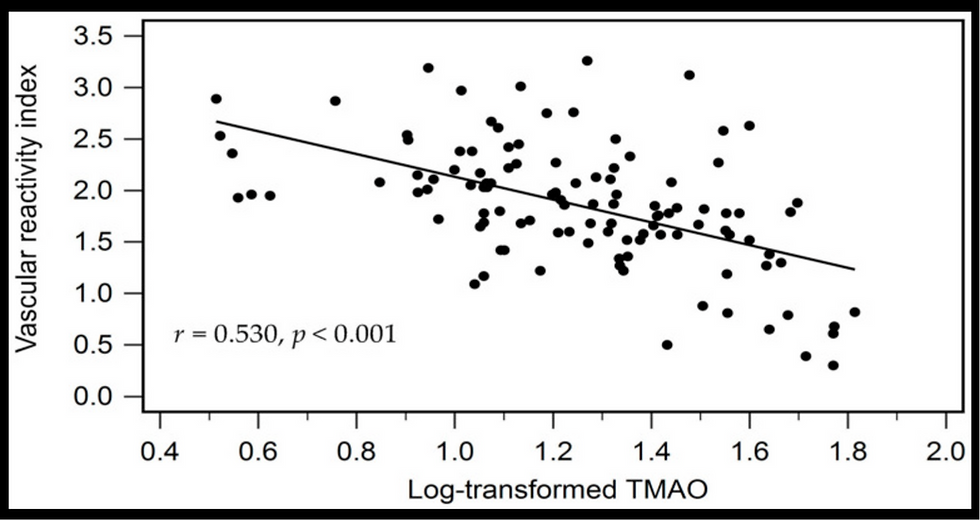Is hypertension simply a reaction to severe COVID-19, a predisposing factor,
- heartlung
- Jan 16, 2023
- 2 min read
or a phenomenon related to ACE2 expression?
Circ Res. 2020 Apr 7. COVID-19 and the Heart. Akhmerov A1, Marban E2. Author information 1 Smidt Heart Institute, Cedars-Sinai Medical Center, UNITED STATES. 2 Heart Institute, Cedars-Sinai Medical Center, UNITED STATES. Abstract Infection with the novel coronavirus, SARS-CoV-2, produces a clinical syndrome known as COVID-19. When severe, COVID-19 is a systemic illness characterized by hyperinflammation, cytokine storm and elevations of cardiac injury biomarkers. Here we review what is known about the pathophysiology of COVID-19, its cardiovascular manifestations, and emerging therapeutic prospects. In this rapidly moving field, this review was comprehensive as of April 3, 2020. KEYWORDS: cell therapy; coronavirus; cytokine storm
“Myocardial pericytes, which play an important role in maintaining endothelial function, express ACE2 abundantly.(42) Dysfunction in cardiac pericytes and endothelial cells, either due to direct infection or global inflammation, can lead to disruption in the coronary microcirculation with downstream ischemic consequences, but the relationship to COVID-19 is purely conjectural.”

The mechanisms of cardiac injury are not well established but likely involve increased cardiac stress due to respiratory failure and hypoxemia, direct myocardial infection by SARS-CoV2, indirect injury from the systemic inflammatory response, or a combination of all three factors

(A) Levels of IL-6 (left) and serum ferritin (right) in survivors (n=137) and non-survivors (n=54). Reproduced from Reference 16. (B) Levels of cardiac troponin, C-reactive protein, and interleukin-6 in patients who died (n=68) and patients who were discharged (n=82). Adapted from Reference 3. (C) Levels of high-sensitivity cardiac troponin I in survivors (n=137) and nonsurvivors (n=54). Reproduced from Reference 16.
“Other facets of cardiac involvement include blood pressure abnormalities and arrhythmias. In a Wuhan cohort, a higher proportion of critically ill patients and non-survivors had elevated blood pressure, which is counterintuitive in a critically ill, vasoplegic population.3, 17 Whether this hypertension is simply a reaction to the illness, a predisposing factor to the illness, or a phenomenon related to potential derangements in ACE2 expression cannot be ascertained from the retrospective data. It is also important to note that in different cohorts, including the critically ill patients in Washington State, the patients were hypotensive and required vasopressor support, as is typical for patients with severe infectious diseases.48”
![Lipoprotein(a) levels predict endothelial dysfunction in maintenance hemodialysis patients: evidence from [VENDYS] vascular reactivity index assessment](https://static.wixstatic.com/media/dac531_5285607cc591409a9d83746f042af7c6~mv2.png/v1/fill/w_980,h_980,al_c,q_90,usm_0.66_1.00_0.01,enc_avif,quality_auto/dac531_5285607cc591409a9d83746f042af7c6~mv2.png)


Comments